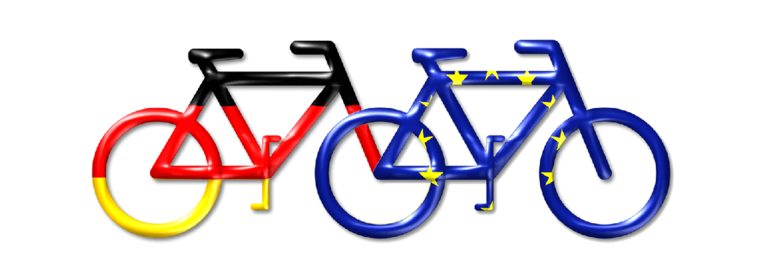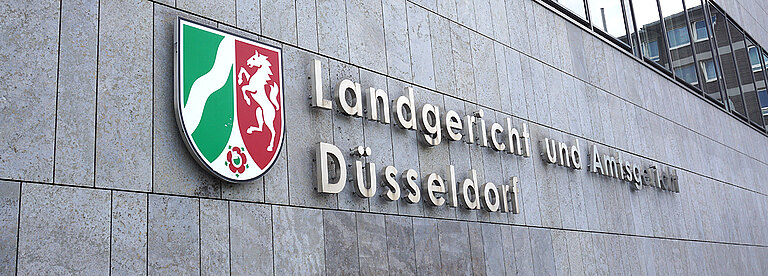The European unitary patent offers opportunities and risks at the same time. But committing wholeheartedly to an as yet untested system? Many companies are understandably reluctant. Given the risk of “central destruction” for a unitary patent, many are also asking themselves which independent IP rights offer a suitable backup.
One way of using and getting to know the new system without abandoning a tried-and-tested one is to split a pending European patent application into a parent application with an opt-out and a divisional application without an opt-out. So while one application is kept as the classic European bundle patent, the other dives into the still uncertain waters of the unitary patent. But there is a catch: filing two applications for one and the same patent is prohibited in proceedings before the EPO in accordance with Art. 125 EPC under the principle of “double patenting”. This was recently acknowledged by the Enlarged Board of Appeal of the European Patent Office in its decision G4/19. The ruling (commented on in detail here) marks the end of a long struggle by the EPO Boards of Appeal over the legal basis for a double patenting prohibition in the European Patent Convention. Consequently, two identical European patent applications cannot be granted as a bundle patent on the one hand and a unitary patent on the other. It is true that even a marginal (T 1491/06, T 1423/07, G2/10) difference between the two applications is sufficient to eliminate the double patenting objection. However, since there are risks involved with every change, no matter how small, to a patent application, in particular the claim wording, filing two parallel European applications as a way of pursuing a two-track filing strategy is not recommended without reservation.
German courts highly appealing
But what exactly would be preserved by maintaining a European bundle patent alongside a unitary patent? Probably its greatest advantage lies in the access it affords to the established national courts for infringement and nullity suits. While some are still skeptical about the Unified Patent Court due to its lack of experience, the national courts have been a reliable backbone for enforcing European patents for decades. However, access to any – let alone all – of the potentially 38 national jurisdictions of the European bundle patent is by no means called for here. On the contrary: in the recent past, the vast majority of European patent disputes have been heard in the courts of one country alone – Germany [1]. This is for good reason: proceedings before the German courts are comparatively inexpensive, offer legal certainty, and are extremely appealing to applicants because of their realistic chance of actually obtaining enforceable injunctive relief. A decision with effect for Germany also has significant economic clout. The advantages enjoyed with a parallel European bundle patent (in addition to the unitary patent), first and foremost legal certainty in infringement and nullity suits, are therefore largely based on access to the German courts.
Comprehensive territorial protection and reliable legal certainty
This access, however, is not only achieved via the German component of a European bundle patent, but – of course – also by means of a German patent granted directly by the national Patent Office. A look at the interplay between a unitary patent and a national German patent therefore shows that the two complement each other smoothly. This is because no double patenting prohibition exists between the German patent and the unitary patent – unlike between the unitary patent and the bundle patent. Identical patent applications using both channels can therefore be granted. Moreover, the latest version of the Act on International Patent Agreements (IntPatÜG) Art. II Section 8 ([2]) does not (unlike between the German patent and the unitary patent) provide for a prohibition of double protection between the German patent and the unitary patent either. The latter does not have a blocking effect on the enforceability of a German patent with a partially identical scope of protection, which is only logical when there are two separate court systems in play (Unified Patent Court and the ordinary German courts).
The “German-European tandem” of German patent and European unitary patent thus offers applicants the new possibility of double patenting and double protection for one and the same patent at Europe’s central location for patent disputes. Applicants obtain the comprehensive territorial protection of the new unitary patent early on, but thanks to the German patent flanking it they do not have to forego the legal certainty they are accustomed to from the European bundle patent when it comes to infringement and nullity suits. However, applicants should – of course – take note of the differences between the German and the European grant procedures and which drafts are suitable when filing which application. Experience in both systems is called for.
[1] In the years 2000 – 2008, approximately 80% of infringement disputes concerning both national patents and nationalized bundle patents of the most relevant European locations for patent disputes (DE, NL, FR and GB) were heard before the ordinary courts in Germany.
(Katrin Cremers et al., Patent litigation in Europe, Eur J Law Econ (2017) 44:1–44; Table 3)
[2] Federal Law Gazette 2021 Part I No. 59, p. 3914
Header: moonrun - AdobeStock.com




